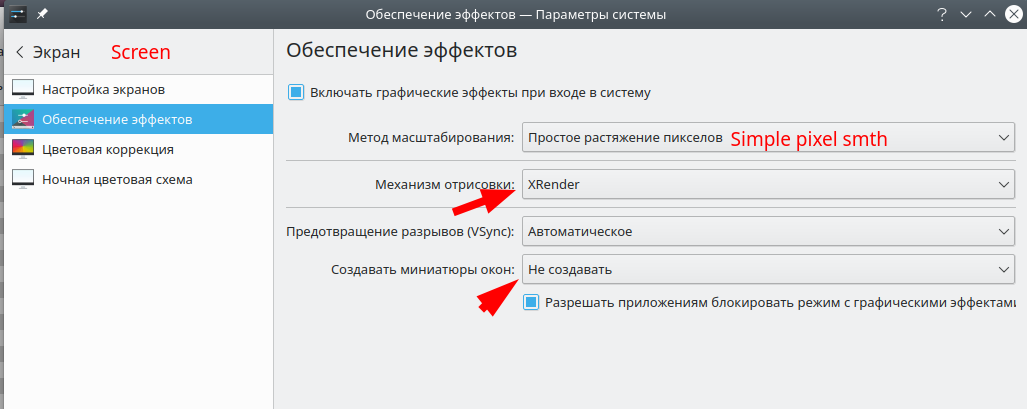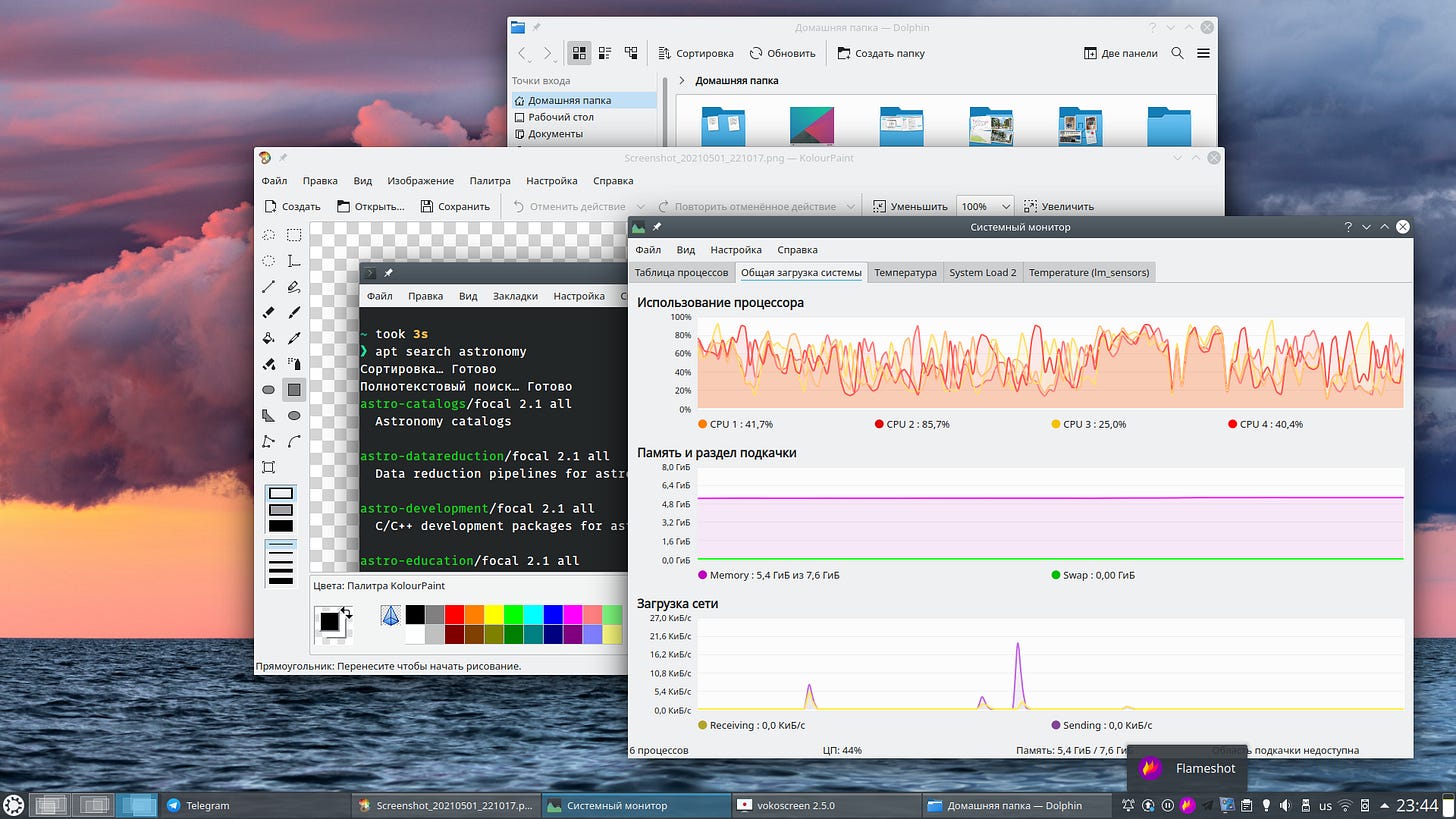Kubuntu on Raspberry Pi 4
A surprisingly usable OS/hardware combination
I use Kubuntu 20.04 on my Raspberry Pi 4 8GB and it works just fine. To be hones, it works better than Raspberry Pi OS (Raspbian). In order to install this beauty I on the very machine I am typing on right now, I ought to go through these steps:
Write Ubuntu Server image to SD card
A simple one.
Get Raspberry Pi Imager.
Insert an SD card of choice into a card reader. Insure it is class 10 card, not lower.
Run RPi Imager, pick SD card and Ubuntu Server 64 bit image to write.
Insert SD card into your Pi and turn it on.
Connect to WiFi
My router is 6 meters away from my setup, so instead of moving furniture around it was natural to me to just connect to WiFi from console. Yes, this is possible. Just follow this instruction.
Use Desktopify
Get it from GitHub, follow the latest README instructions and run it with -de kubuntu parameter. Now, you can go for a walk, hoping deep in your heart that WiFi connection will not drop for no apparent reason. Mine did drop at the end, but that did not do any harm eventually.
Reboot, adjust visual effects and enjoy KDE
After rebooting, first go to this setup and set check boxes in the same order (I am bit lazy to switch interface to English, but that should convey what to pick):
With that, I’ve got a suprisingly responsive desktop experience. Finally, I feel like I have a real computer at my desk, and not a 1990s throuwback that Raspberry Pi OS makes it feel like. Being nice OS in general, RPiOS is obviously lacking behind due to RPi Foundation wanting to support their older devises with the same OS. Contrary to it, Kubuntu feels modern and full fledged.



https://www.most-useful.com/static/695cd28fc3b489846003583835391bd3/KDE-Compositor-Screen.jpg?ezimgfmt=ng:webp/ngcb26